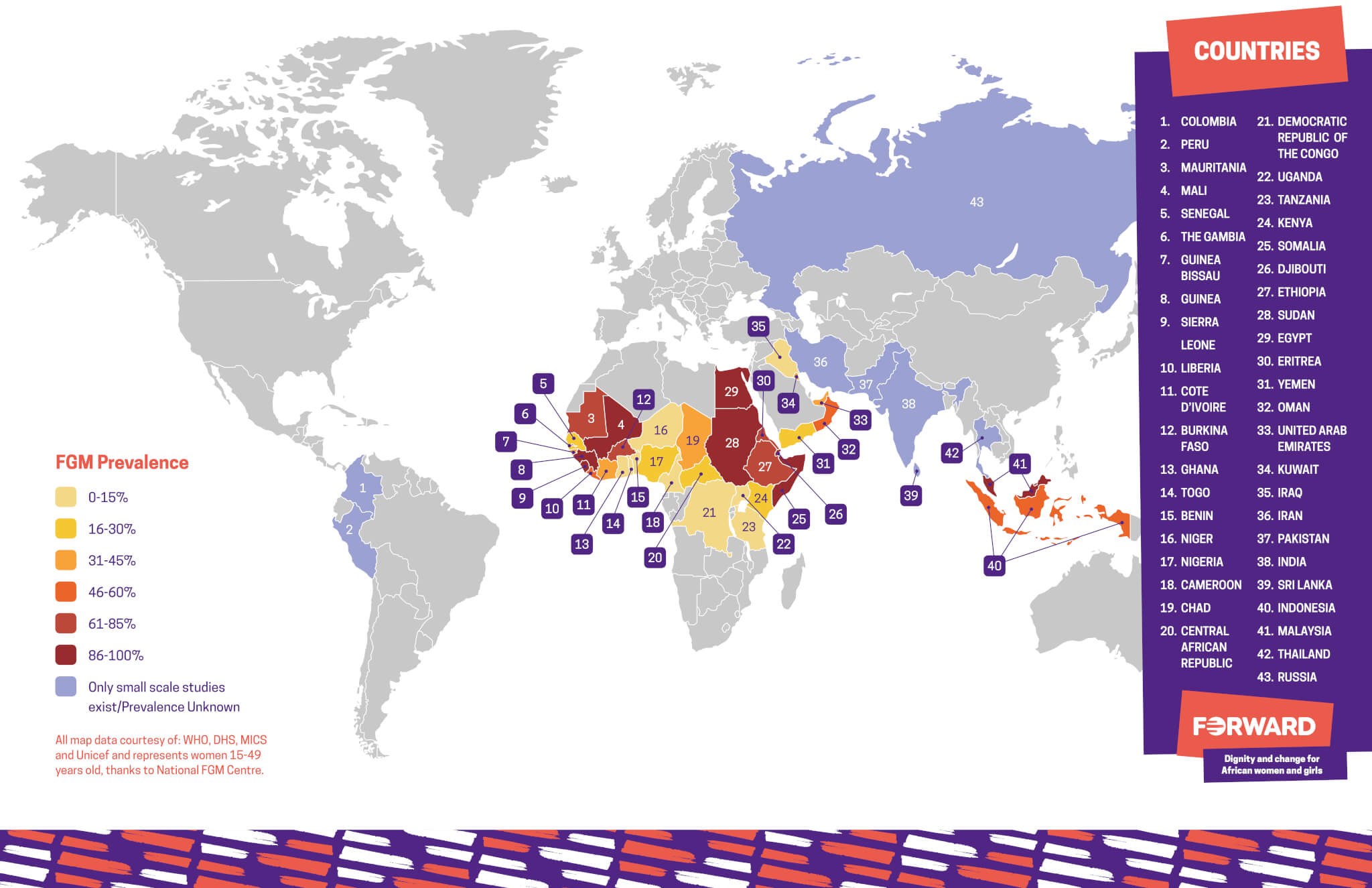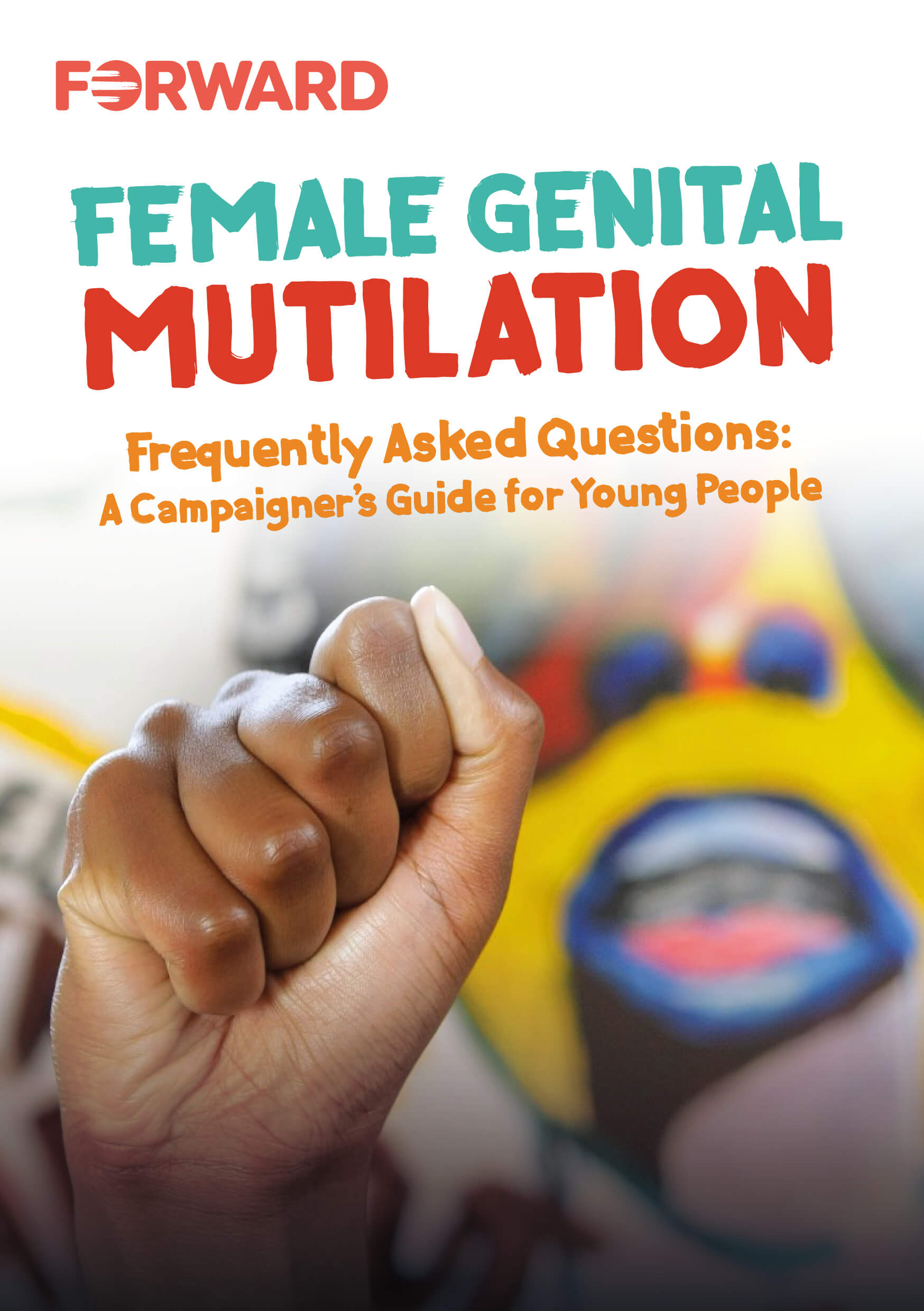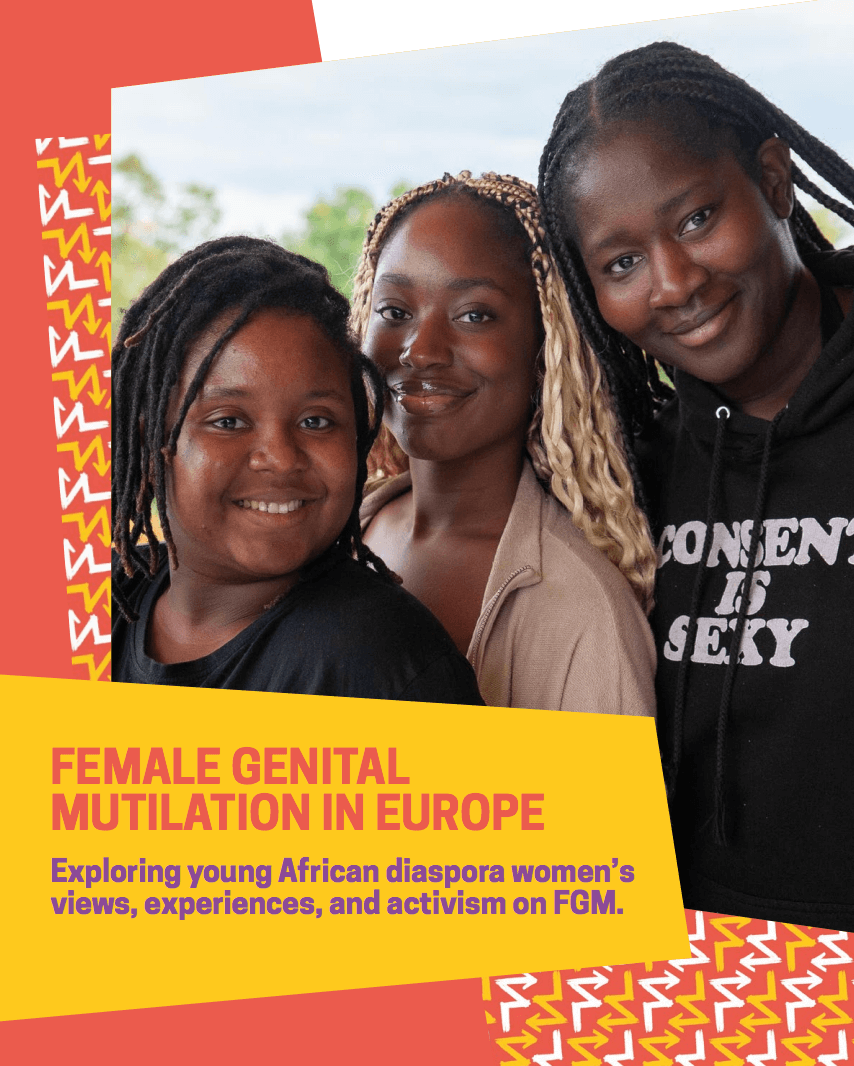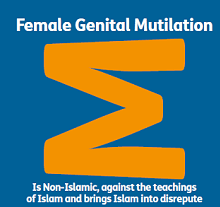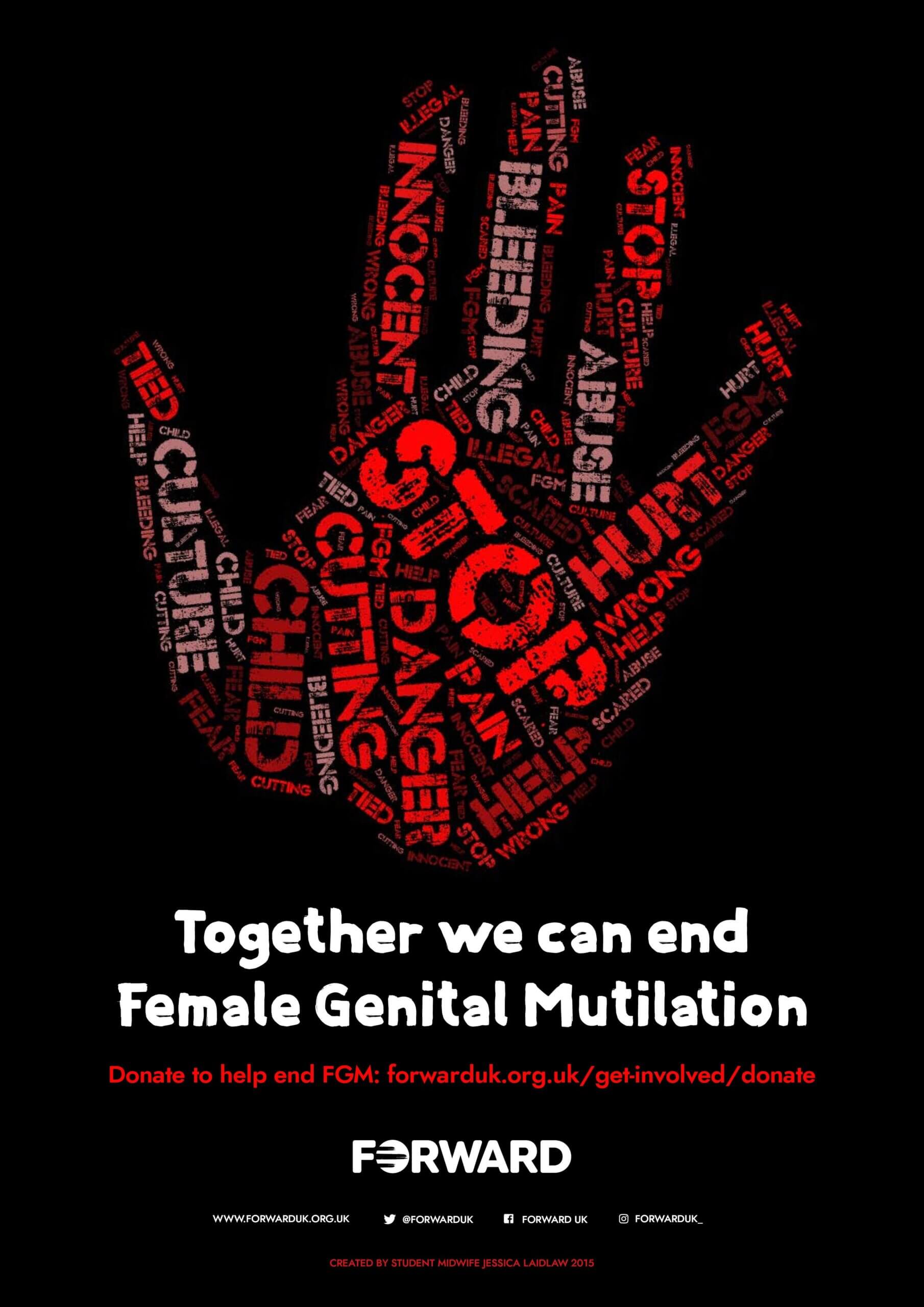According to the World Health Organisation, female genital mutilation (FGM) comprises “all procedures involving partial or total removal of the external female genitalia or other injury to the female genital organs for non-medical reasons.” A harmful practice with no health benefits, FGM can cause long-lasting physical, emotional and psychological trauma; and in some cases, death.
Female genital mutilation is classified into four major types:
- Type 1– Clitoridectomy: partial or total removal of the clitoris (a small, sensitive and erectile part of the female genitals) and, in very rare cases, only the prepuce (the fold of skin surrounding the clitoris).
- Type 2 – Excision: partial or total removal of the clitoris and the labia minora, with or without excision of the labia majora (the labia are “the lips” that surround the vagina).
- Type 3 – Infibulation: narrowing of the vaginal opening through the creation of a covering seal. The seal is formed by cutting and repositioning the inner, or outer, labia, with or without removal of the clitoris.
- Type 4 – Other: all other harmful procedures to the female genitalia for non-medical purposes, e.g. pricking, piercing, incising, scraping and cauterizing the genital area.


